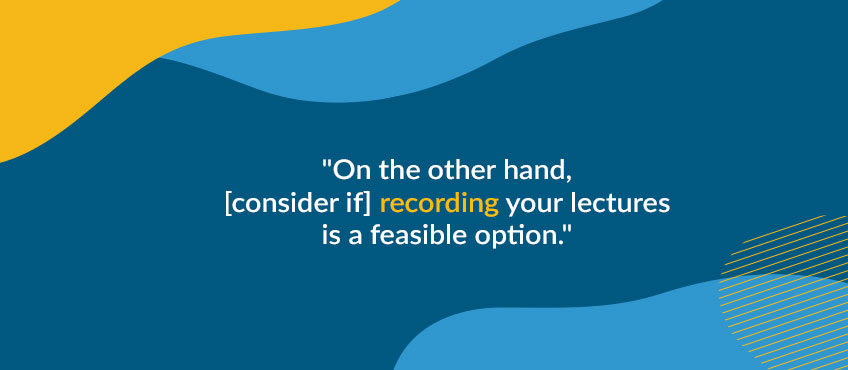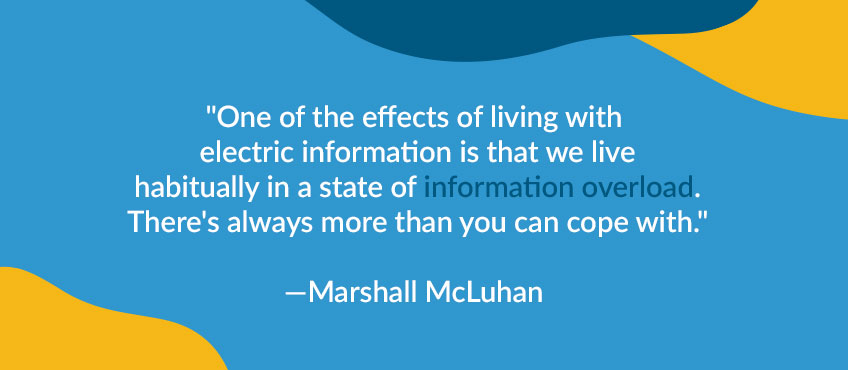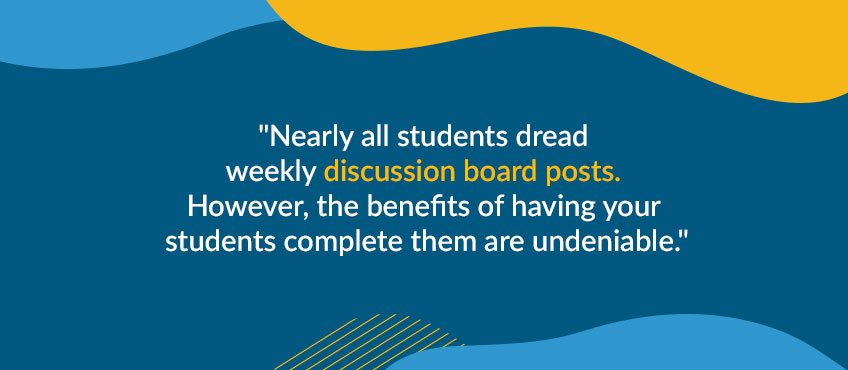Written by Emily Wilson
Over the past few weeks, lecturing professors, instructors, and teaching assistants alike have been tasked with a staggering request: They've been asked to move their materials online and to resume teaching there. To complicate matters, they often have only a few days' or weeks' notice to do so.
This is a tall order, regardless of one's level of experience.
Thankfully, Scribendi's team is experienced in creating online courses and participating in them. In fact, Scribendi's co-founders also launched Inklyo, a company that specializes in online courses to improve one's writing, editing, and proofreading skills.
In the following paragraphs, we'll provide helpful guidance on how to create an online course, as well as how to teach online.
Discern the Capabilities of Your Teaching Platform
Your first step should be to do what most lecturers prefer to avoid: contact your administration department. From there, it's also a good idea to reach out to your IT department and your department head. You'll need to know exactly which online teaching platforms you've been approved to use, as well as their capabilities. Here are some good questions to ask:
- Does my institution have its own teaching portal or online teaching platform?
- Are there any training materials available to help me understand this platform?
- Can I incorporate additional platforms, such as Zoom, into my teaching strategy?
- Does the platform have a discussion board?
- Can I use the platform to create polls and quizzes?
- Can I upload multimedia, such as images, audio clips, and video clips?
- Which file types work best with this platform?
- Can lessons be released individually, or must they all be released at the same time?
Assess Your Materials and Create an Overall Teaching Strategy
Now that you understand the confines you'll be working within, let's discuss the next step of learning how to create an online course. It's time to assess your teaching materials.
Track down your notes, power up your laptop, and take stock of everything that you've already prepared. If your preparation style involves typing out detailed lectures notes in full sentences, you're in luck—doubly so if you happen to have an extensive library of pre-prepared lecture slides. With a few alterations, your material can be uploaded as readable lessons.

On the other hand, if you prefer to jot down only a few key notes before lecturing, consider whether recording your lectures is a feasible option. We'll discuss a few criteria that you'll need to meet before you pursue this route. However, choosing to present your information in this way can offer a bit of comforting familiarity to your students, while also allowing you to continue lecturing in your preferred style.
If you do decide to record your lectures, you should make sure that you have a quiet, professional, and distraction-free area of your home to record in. The quality of your audio is of the utmost importance, so use a high-quality microphone and pause often to check the quality of your recording.
Consider whether your students will have access to reliable internet connections that can play your recording. It's a good idea to upload a transcript or summary of your lecture's key points to support any students who may lack the necessary resources. Providing transcripts will also make your audio-visual media more accessible to students who may have auditory processing or visual processing disorders and disabilities. If you don't have any previous experience with video editing software, this TechRadar article lists some common, free-to-use programs.
Alternatively, your institution may allow you to deliver your lectures using live video conferencing platforms, such as Zoom. That being said, if you do live stream your lectures, it's still a good idea to provide a typed summary or transcript of your lecture.
Create Learning Signposts to Combat Distractions
Regardless of the teaching strategy you choose, you should remember that your students will be receiving your lectures and lessons through a new medium.

Information should always be adapted to suit the medium it's being expressed through. For electronic media, such as online courses, the words of the great media theorist Marshall McLuhan ring especially true: "One of the effects of living with electric information is that we live habitually in a state of information overload. There's always more than you can cope with."
Your students won't be sitting in a quiet lecture hall, following the steady stream of your voice. Instead, especially if they're reading your lessons, your students will consume your lesson quickly, often large visual chunks. Furthermore, regardless of whether you type, record, or deliver your lessons via video conference, your students will have a plethora of new distractions vying for their attention.
To adapt to these changes, create learning signposts for your students. You may have already incorporated learning signposts into your lessons; however, they're especially important when teaching online. Your goal should be to provide clear summaries of learning objectives and key points to help your students stay on track. An example of a good learning signpost might be starting each lesson with a clear summary of the key information it will cover and what your students can expect to gain from it. An additional example might be heading or closing each page with a summary of the content it covers. These techniques will help your students focus on your key material while reinforcing the habit of identifying, reinforcing, and internalizing key points in their own study habits.
Incorporate Multimedia Wherever Possible
When it comes to learning how to teach online, the importance of multimedia-rich lectures or lessons cannot be stressed enough. Reinforcing pages of raw text with relevant images, videos, or audio recordings will elevate your material and support any students who may prefer an aural or visual style of learning.
Furthermore, consider incorporating interactive elements such as class polls or short summative quizzes into your lectures and lessons. Class polls, whether on light or course-related topics, can help you create a sense of community among your students, and brief summative quizzes at the end of each of your lessons can help students practice and retain the information they've just learned.
Make Effective Use of Discussion Boards
Nearly all students dread weekly discussion board posts. However, the benefits of having your students to complete them are undeniable. Discussion board posts create a venue for lively academic discussion and ensure that your students actively engage with the information they're studying.

Furthermore, having the option to type their thoughts can provide students who may feel uncomfortable with speaking in class with a new way to engage in scholarly discussion. You may witness new voices with different opinions and perspectives participating more actively in your class.
If you can, incorporate weekly discussion board posts into your grading scheme. Alternatively, you could also consider utilizing them as a way for your students to earn extra credit.
Always Edit and Proofread Your Material
Nothing undercuts your authority faster than errors in your teaching materials. Before you post, record, or present your lectures, it's a good idea to ask someone in your department to review them. That being said, it's an even better idea to ask a professional to edit or proofread them. Scribendi's team of professional editors can identify surface errors in your work, such as spelling or grammar mistakes, and pinpoint any jumps in logic or explanation that might be confusing to your students.
Conclusion
We've reached the end of our guide on how to create an online course and how to teach online. Now, it's time to gather all that you've learned and put it into practice. We'll be cheering for you!
Image source: garloon/envato.elements.com
Gain Professional Proofreading Support
Try Our Academic Proofreading Service, or Get a Free Sample
About the Author

Emily has thrown caution to the wind and pursued a riotous, life-long love affair with English. Over the years, she's worked as an English teacher, an editor, and a copywriter and is now happily employed as Scribendi's junior content marketer. When she's not reading or writing, she's exploring the outdoors.











